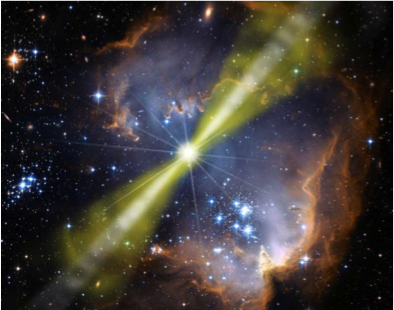What is the Skynet Robotic Telescope Network?
The Skynet Robotic Telescope Network – Skynet as we tend to call it– is a global network of fully automated, or robotic telescopes serving professional astronomers and students over the internet.

PROMPT: Cluster of Small Domes at CTIO
The Skynet Robotic Telescope Network got its start when University of North Carolina astronomer, Dr. Dan Reichart, and his students began building PROMPT in 2004. PROMPT stands for “Panchromatic Robotic Optical Monitoring and Polarimetry Telescopes”. Watch the construction video.
Since 2004, the Skynet Robotic Telescope Network has grown to include over 20 telescopes located around the globe! As a Skynet Junior Scholar you will get the chance to use the PROMPT Telescopes, the Yerkes 41 inch telescope (the largest optical telescope on Skynet), the 20 Meter Radio Telescope, and new telescopes in Australia among others!
Skynet telescopes are unique in that they are run by computers instead of by humans. Such telescopes are called robotic telescopes. Each evening, during good weather, the telescopes' domes open and the telescopes prepare to take their first observations. Watch the video of the PROMPT Telescopes!

Artist's conception of a GRB. Credit: NASA
The top scientific priority for Skynet Telescopes is to observe gamma-ray bursts (GRBs). These bursts occur when supermassive stars explode at the end of their lives. GRBs are so luminous that they can be observed with relatively small telescopes, even if the GRBs are billions of light years away. However, most GRBs fade quickly, often lasting only minutes. When there is a GRB alert, Skynet Telescopes slew to that point in the sky and start taking data! When not observing GRBs, which is over 90% of the time, Skynet telescopes are used by astronomers and students to conduct their own research. You can be one of them!